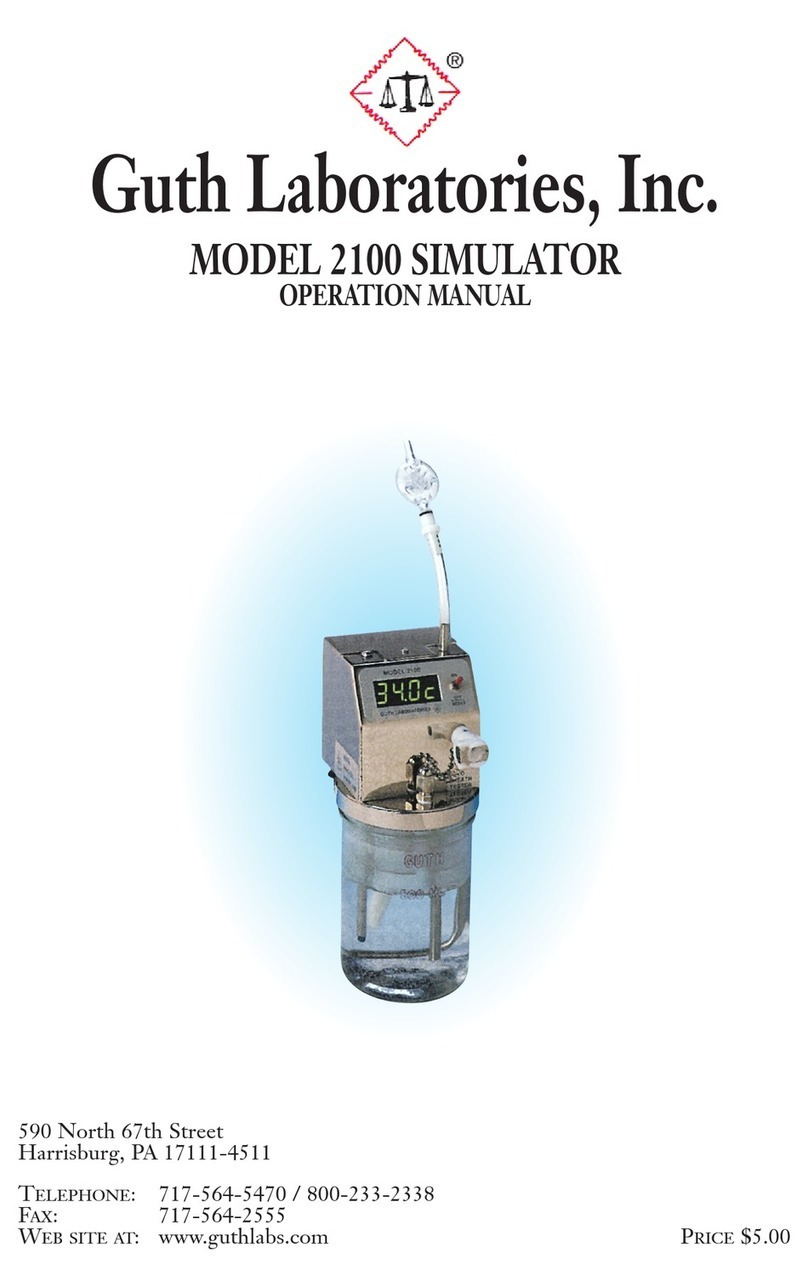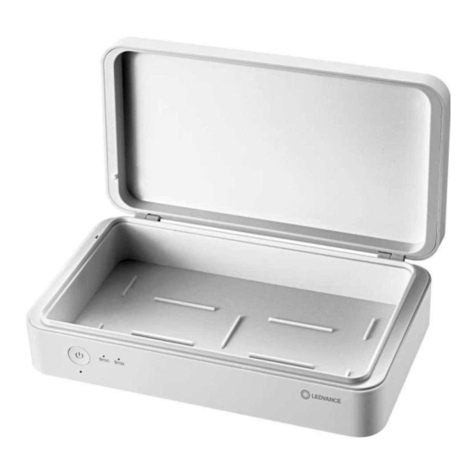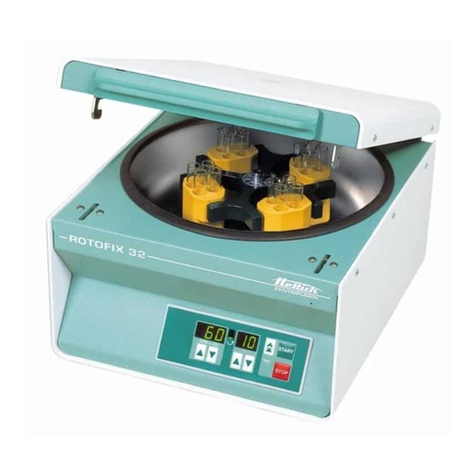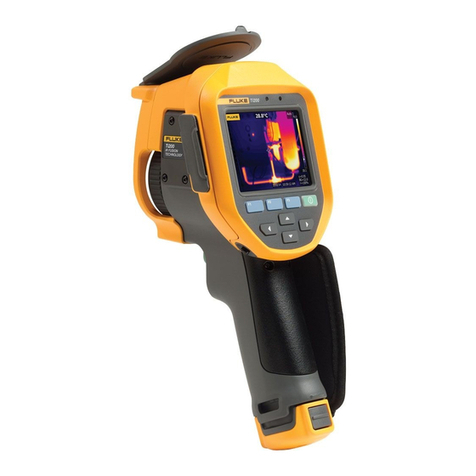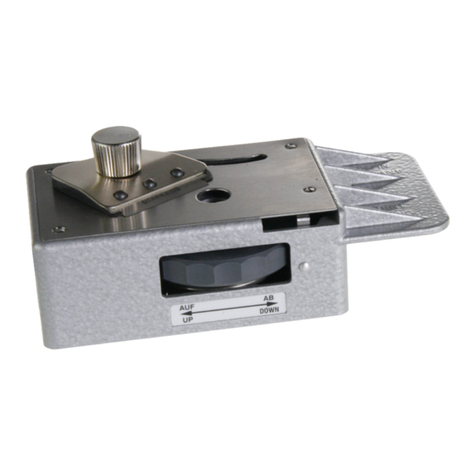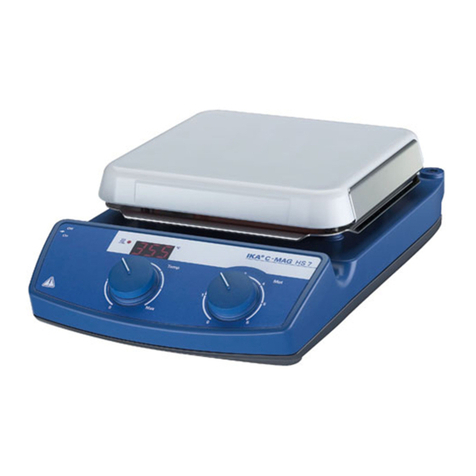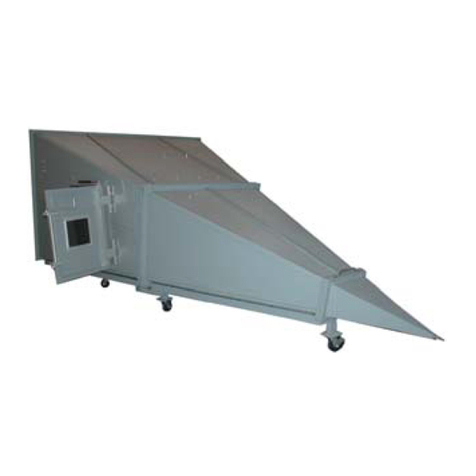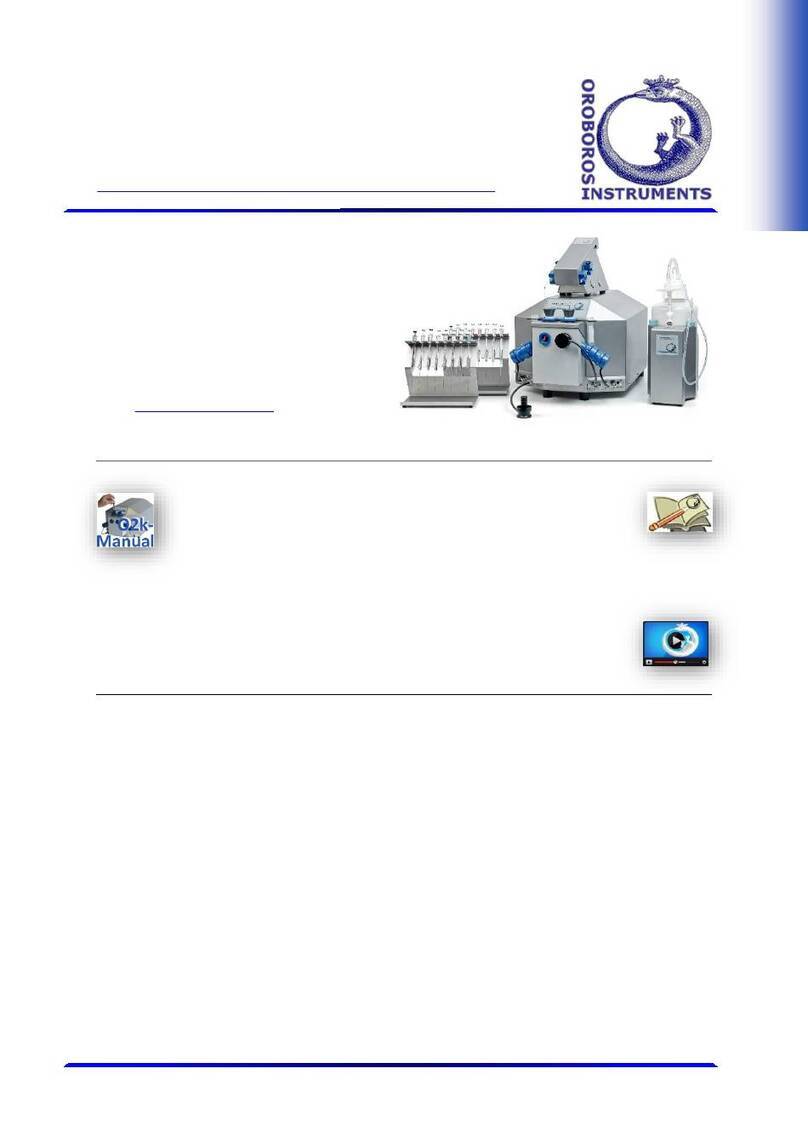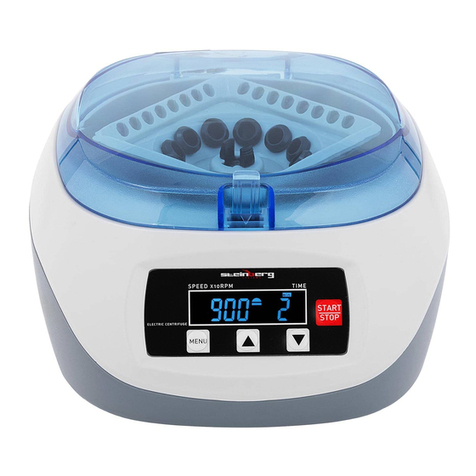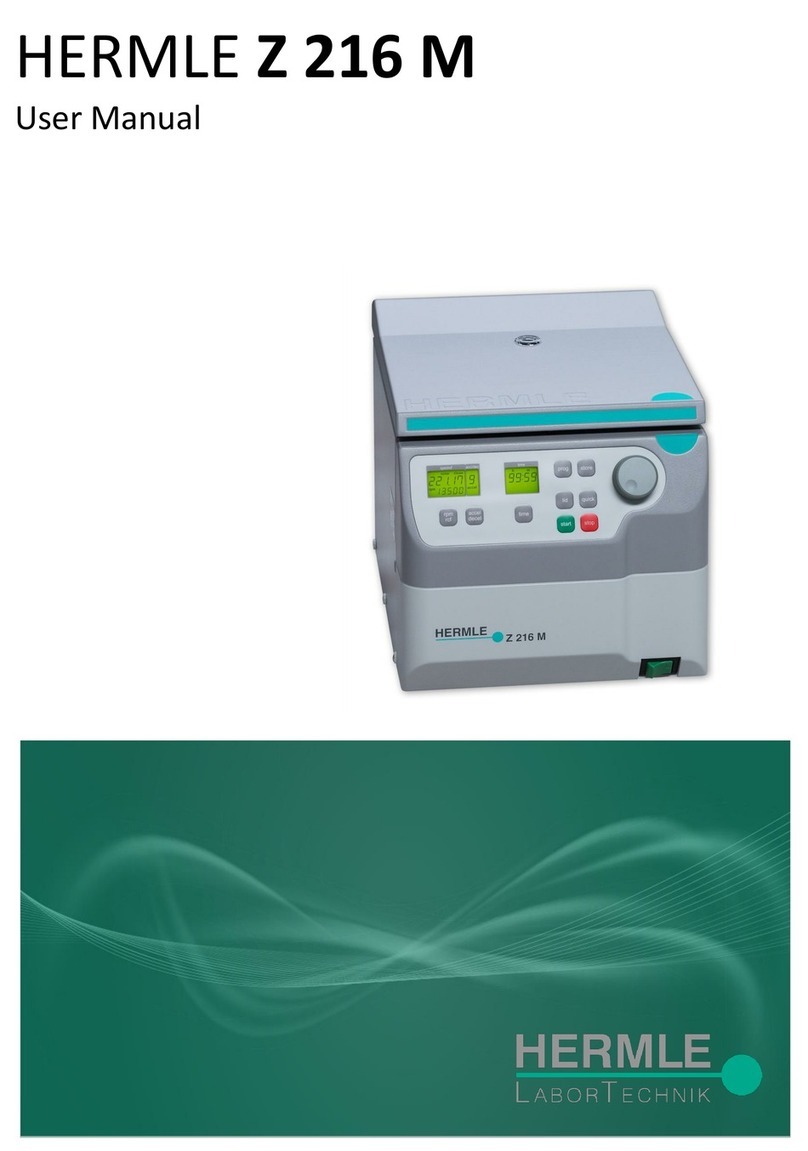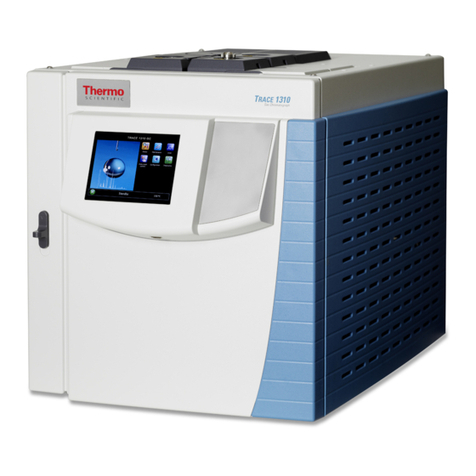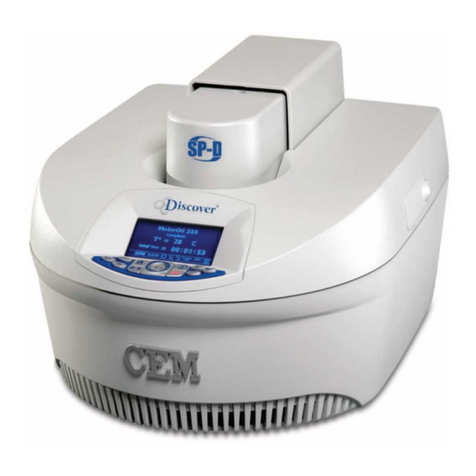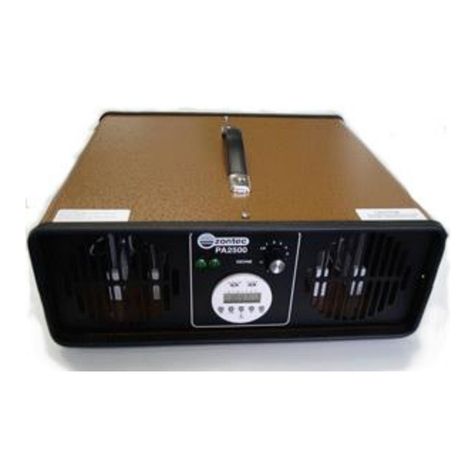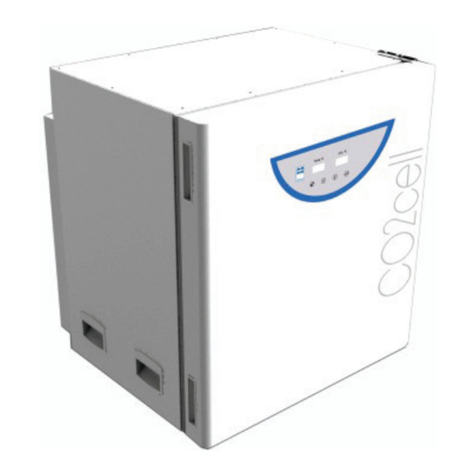
1.1 Audience
This manual provides information related to
the installation and operation of the VerusLab
Lubricated Rotary Vane Laboratory Vacuum
System manufactured by BeaconMedæs. Service
information contained in this manual is intended
for use by technicians or personnel qualified to
repair and service laboratory equipment.
1.2 Abbreviations
C Common
CGA Compressed Gas Association
FNPT Female National Pipe Thread
MNPT Male National Pipe Thread
N/C Normally Closed
N/O Normally Open
PSIG Pounds Per Square Inch- Gauge
SCFM Standard Cubic Feet Per Minute
VAC Voltage, Alternating Current
VDC Voltage, Direct Current
1.3 Definition of Statements
Statements in this manual preceded by
following words are of special significance.
WARNING: Means there is a possibility of
injury or death to yourself or others.
CAUTION: Means there is a possibility of
damage to unit or other property.
NOTE: Indicates points of particular interest for
more efficient and convenient operation.
1.4 Environmental Declarations
General
When developing products and services,
BeaconMedæs tries to understand, address, and
minimize the negative environmental effects
that the products and services may have, when
being manufactured, distributed, and used, as
well as at their disposal.
Recycling and disposal policies are part of the
development of all BeaconMedæs products.
WARNING:
The vacuum pump may be contaminated with
dangerous foreign materials. Use personal
protective equipment (protective gloves,
protective eyewear, protective respiratory
equipment) during dismantling of the pump.
BeaconMedæs company standards determine
strict requirements.
When selecting materials, the substantial
recyclability, the disassembly possibilities and
the separability of the materials and assemblies
are considered as well as the environmental
perils and dangers to health during the recycling
and disposal of the unavoidable rates of non-
recyclable materials.
BeaconMedæs products for the most part
consist of metallic materials that can be
remelted in steelworks and smelting works and
that is therefore almost infinitely recyclable. The
plastic use is labeled; sorting and fractioning
of the materials for recycling in the future is
foreseen.
Disposal of Materials
Dispose contaminated substances and materials
separately, according to local applicable
environmental legislations.
Dispose all components according to the
applicable disposal regulations.
NOTE:
This concept can only succeed with
your help. Support us by disposing
professionally.
By assuring a correct disposal of the
product you help to prevent possible
negative consequences for environment
and health that can occur with
inappropriate waste handling.
Recycling and re-usage of materials helps
to preserve natural resources.
1.0 Introduction
Lubricated Rotary Vane Laboratory Vacuum Systems
4107 9021 88.01 1-1





















